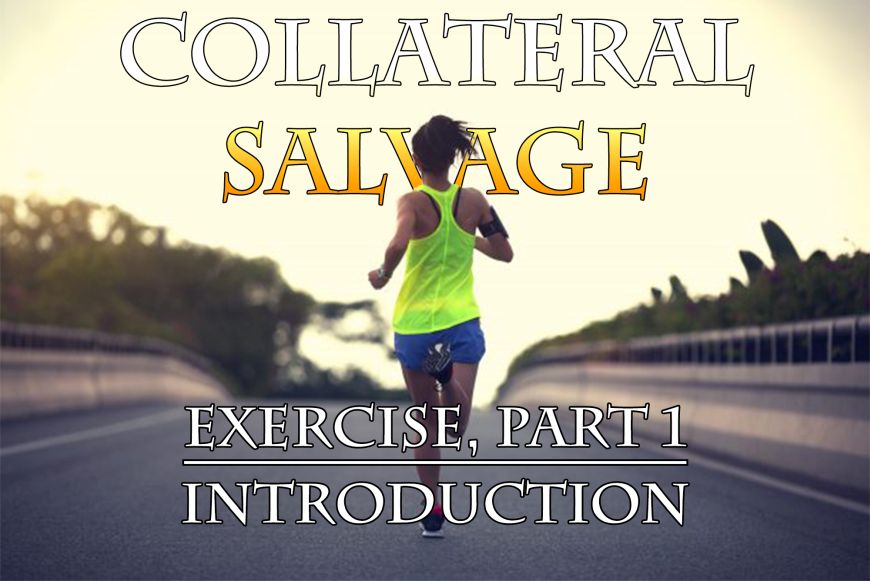Exercise is a potent tool in maintaining a healthy body and we’ve known this for thousands of years. The Roman statesman Cicero extolled its benefits and the people of the Indian subcontinent have been practicing yoga for at least 5,000 years. The Greeks created the Olympics out of their respect for health and physical fitness. So we’ve known that exercise is important for a long time, but why is it important, and what is it?
First, science
Simply put, exercise is any physical activity we do that is meant to improve our health or level of fitness. How exercise benefits us can be dependent on what type of exercise we do, but some benefits we receive no matter how we exercise.

Along with proper nutrition, all types of exercise can help us lose weight by forcing the body to make use of extra triglycerides and to burn excess fat stores. Exercise also helps reduce stress by lowering levels of the hormones adrenaline and cortisol and stimulating production of endorphins.
We’ve also talked about how exercise can benefit our cardiovascular health in previous posts. Exercise lowers our blood pressure and low-density lipoprotien (LDL) levels, and raises our high-density lipoprotien (HDL) levels and our insulin sensitivity (reducing our diabetes risk).
In general, there are four types of exercise: aerobic, anaerobic, stretching, and balance. Each type has its own benefits and to get the maximum return on our exercise investment, we need to incorporate all four into our routines.
Aerobic
Aerobic exercise is any exercise that relies on oxygen to fuel it (making aerobic exercise particularly good for the respiratory system). Common aerobic exercises include running, swimming, cycling, and walking. Another common name for aerobic exercise is cardiovascular exercise (cardio) because of its benefits to the cardiovascular system.
Anaerobic
Anaerobic exercise occurs when the intensity level exceeds the ability of oxygen to meet its needs. When this happens our muscles mainly use sugar as an energy source. In contrast to aerobic exercise – which builds endurance – anaerobic exercise is used to develop short-term muscle strength. Common anaerobic exercises are strength and resistance training.
Stretching
Stretching is an important part of every exercise routine. Stretching before aerobic or anaerobic exercise increases blood flow in our body therefore allowing for greater oxygen consumption during a workout. Stretching also increases the range of motion of our muscles and joints which becomes especially important as we age.

Balance
Balance is often overlooked simply because of how intrinsic it is to our lives. Like flexibility, it becomes even more important as we age because we lose some of our ability to balance as we get older, increasing our risk of injury. Worst of all, poor balance can also lead to a reduction in physical activity.
